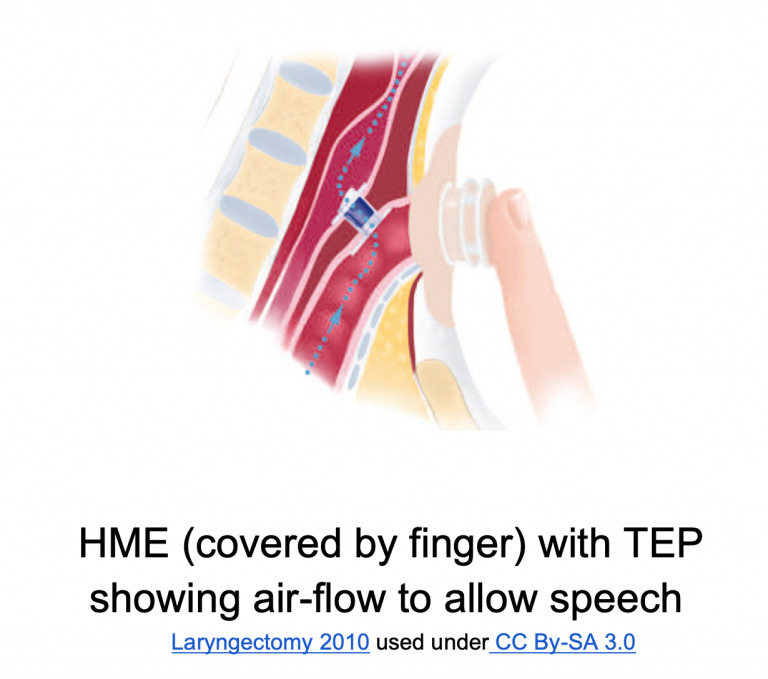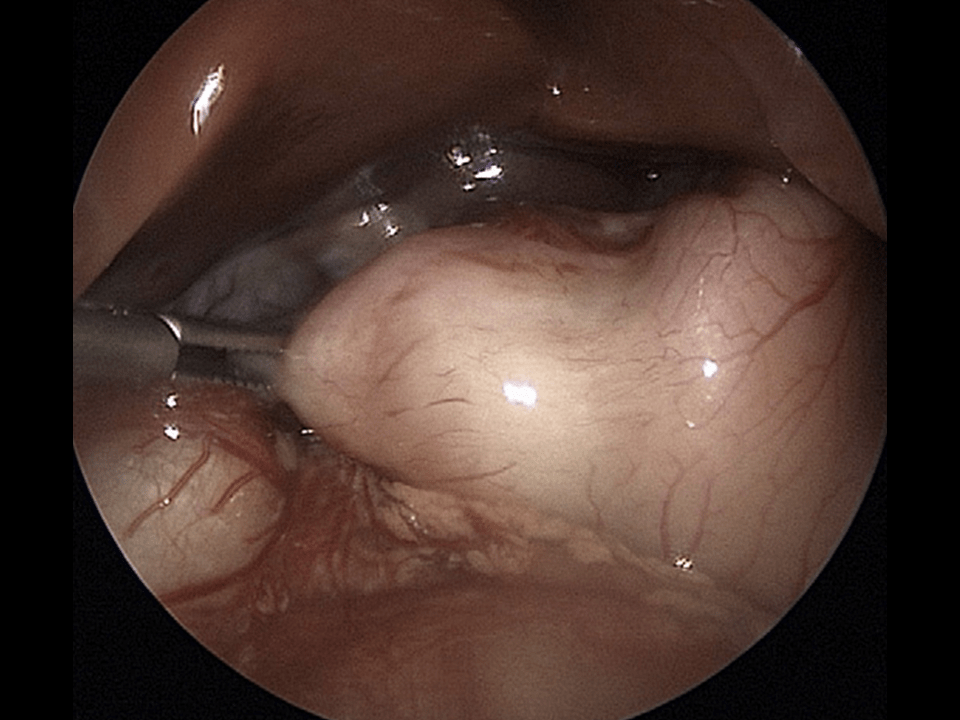Revision Resources
Recent Posts View All
January FOAMed
Salicylate Poisoning

Salicylates are primarily found in our part of the world in aspirin. Locally the commonest use for aspirin these days is primary or secondary prevention of vascular disease, ie the baby aspirin tablets that come in 75mg. You would need to take a large number of these to get into trouble. The analgesic doses of nearer to 600mg are less commonly used, especially when compared to the ubiquitous paracetamol, but 15-20 of these big aspirins could get you into big trouble. It does exist in other forms, most notably in “oil of wintergreen” which, in kids can be a potentially fatal ingestion at low volume.
Drowning

Despite what colloquial terms would have people believe there is only one type of drowning – drowning. Specifically, experts define drowning as “a process resulting in primary respiratory impairment from submersion/immersion in a liquid medium. Implicit in this definition is that a liquid/air interface is present at the entrance of the victim’s airway, preventing the victim from breathing air. The victim may live or die after this process, but whatever the outcome, he or she has been involved in a drowning incident.” Terms like “near-drowning” or “dry drowning” are ambiguous and have fallen out of favor with drowning experts and the medical community in general.
Post-Laryngectomy Patient

Emergency Medicine Services (EMS) arrives with a 63-year-old male with a history of head/neck cancer, s/p tracheostomy, in respiratory distress. His initial oxygen saturation was 82%, which improved to 87% after EMS applied oxygen to his face and stoma. Upon arrival, the patient is sleepy but arousable, receiving oxygen by non-rebreather on the face and BVM at his stoma. As staff begin placing him on the monitor, you note a medical alert bracelet on the patient that informs you he has had a laryngectomy. How does this change your approach and what are your next steps?
Pyloric Stenosis

Pyloric stenosis occurs in young infants because the pyloric sphincter hypertrophies, causing near-complete obstruction of the gastric outlet.
More common in boys, preterm babies, first-born. Less common in older mothers. Association with macrolide use.
Are you sure you wish to end this session?

